Review
Drivers wanting a reliable and practical family car as their next company vehicle should certainly consider the Skoda Karoq.
The SUV market is crowded and Karoq’s rivals include such heavyweights as the Nissan Qashqai and Kia Sportage, so competition is tough.
But having covered a few thousand miles in our test model then I firmly believe it’s a worthy contender on any company car choice list.
Its positives far outweigh any negatives. In fact, there are very few negatives. It’s not the quickest car off the starting line but it tackles any driving condition with ease, thanks to high levels of comfort and plenty of kit.
All SE L models, as tested here, come with front and rear parking sensors, adaptive cruise control with speed limiter, heated front seats and steering wheel, rear view camera, satellite navigation system and keyless entry.
The Karoq’s practical attributes are to be applauded – there’s a waste bin in the driver’s door, a reversible boot floor (carpet one side, rubber the other) foldable tables with drinks holder fitted to the rear of the front seats, an ice-scraper located in the fuel filler cap and an umbrella under the passenger seat.
Any negatives are nothing but minor grumbles - I bemoaned the fact that two coffee cups don’t fit side by side in the cupholders without the lids clashing so you couldn’t pick one up without removing the other – but it wouldn’t put you off choosing this car.
There isn’t a hybrid or electric in the range and our model has a list price of £28,095 and emits 140g/km of Co2, meaning a 20% taxpayer will pay just under £155 a month benefit-in-kind.
The car’s trip computer tells me that over its lifetime it has achieved just over 41mpg, but it arrived with a few hundred miles already on the clock: most of my journeys achieved fuel economy around the mid-40s.
I thoroughly enjoyed my few months with this car and will be sad to see it go.
Capable in any conditions
It was a case of (almost) four seasons in one day recently when I awoke to heavy snowfall as an Arctic blast caused havoc around the UK.
It was the first time I’d been behind the wheel of the Skoda in such adverse conditions, and I’m pleased to say that the car behaved admirably and offered an assured drive as I gingerly made my way along snow-covered roads to reach the A1, on which most of my journey to the workplace would take place.
This main road was clear of snow but there was much spray thrown up by lorries and several puddles to contend with and, again, the Skoda performed impeccably, and I felt confident behind the wheel. The addition of heated seat and heated steering wheel simply made the journey much more bearable!
When my meeting had finished about five hours later, I was heading home in bright sunshine and not a speck of the white stuff to be seen.
I had assumed the Skoda would cope well in such wintry conditions but that cold and snowy morning provided a great opportunity to confirm its capabilities.
I do fear, however, that such driving conditions may have impacted on my rather pleasing average mpg figure since taking the keys to the car a few months back. I’ll let you know next month.
Negatives to note
A few thousand miles in and our long-term Skoda Karoq continues to prove itself a dependable and user-friendly family car.
In a crowded family SUV market competition is tough and the Karoq lists such heavyweights as Kia Sportage, Nissan Qashqai, Peugeot 3008, Seat Ateca and VW Tiguan among its rivals.
We’ve already extolled the virtues of the Karoq’s practical attributes in previous tests and they continue to impress.
There are few negatives to note: I’ve never quite mastered setting the adaptive cruise control. It’s probably more my fault than the car’s itself but I just can’t seem to find a distance setting I’m comfortable with. It could be the car’s electronics believe the shorter gap between cars I’m wanting is unsafe.
Also, while travelling at low speed, on occasions a warning beep has sounded and ‘Travel Assist currently unavailable’ flashes up on the screen, even though I’ve not tried to activate it.

Opinions on having fold-back trays on the rear seats have divided opinion. My partner, who often sits in the rear alongside the toddler in car seat, would prefer to have netting of some sort. She questions how often the trays would be used, as you wouldn’t want them in position while driving. Storage for kids’ books etc would be more useful, she suggests. Maybe the trays (which I’m a fan of as they are quite quirky) are best suited for older kids with games consoles etc.
The entry-level 1.0 TSI 110 petrol engine is great for town driving but also provides a sturdy and assured drive on motorways. Going back to the adaptive cruise control, another small grumble to do with the small engine is the amount of time it takes to reach the set speed after a vehicle in front has caused you to slow. More powerful engines are available but from a company car tax perspective the model on test here is the ideal choice.
Practicality makes it perfect
Our long-term Skoda Karoq became a temporary Santa’s sleigh over the festive period when it was used to transport a new bicycle.
With the rear seats folded down, the ‘small adult’ sized Christmas present easily slid into the boot and, although a snug fit, I was easily able to bring it home.

However, had I needed some extra space in the rear then the Karoq offers the opportunity of removing the rear seats completely. Another option is removing the middle seat only, which leaves a gap suitable for longer items.
It’s a super useful feature that expands the boot space from 1,605 litres with the seats folded down to 1,810 litres with them fully removed. Someone who’s required to carry sizeable equipment around the country for their job will certainly benefit from such flexibility.
It’s one of the many clever features that make life with the Skoda Karoq so much more enjoyable. The umbrella under the passenger seat has been handy for the recent inclement weather, the bin in the driver’s door pocket a welcome addition and the net in the boot has been used to stop items from rolling around. There’s also a reversible boot floor – one side carpet and the other rubber.
Running costs compared
It’s hard to stand out in the crowded SUV sector, but our long-term Skoda Karoq merits serious consideration.
Competitors include such heavyweights as the Nissan Qashqai and Kia Sportage as well as the Seat Ateca and Volkswagen Tiguan, which, like the Skoda, are part of the VW Group.
I’ve already heaped praise on the Skoda’s practicality in previous tests. And I’ve said its fuel consumption is good too (around the mid-40s) courtesy of a frugal 1.0-litre TSI engine.
There isn’t a hybrid or electric model to opt for so company drivers won’t be able to enjoy benefit-in-kind tax savings. And its starting price of £26,000 means there is no comparable electrified option.

Our test model comes in at £29,870, getting ‘brilliant silver’ metallic paint at an extra £660, a space-saving spare wheel (£170) and travel-assist package (£950).
It may only achieve a third of its major rivals’ sales, but, for running costs, the Skoda Karoq more than holds its own. Taking the Nissan Qashqai and Kia Sportage with similar P11D values as examples (Skoda £28,095, Nissan £28,370 and Kia £28,515), I’ve used the fleetnews.co.uk car running costs tool to compare their wholelife costs.
The more powerful engines in the Kia (1.6-litre) and Nissan (1.3-litre) mean the Skoda is best for CO2 emissions at 132g/km, compared with Kia’s 136g/km and the Nissan’s 143g/km.
Although more expensive for service, maintenance and repair per mile (at 4.32p compared with 3.62p for the Qashqai and 4.12p for the Sportage) it comes out on top for overall pence per mile at 43.39p, compared with 44.14p (Nissan) and 44.11p (Kia).
A 20% taxpayer will pay just more than £145 a month to run the car (£290 for a 40% taxpayer) and for the Qashqai this is £156 and £312; Kia Sportage £152 and £304.
When weighing up the choices in this busy sector, drivers would be advised not to overlook the Skoda Karoq.
Impressive, except the cupholders
Barely a day goes by when I’m not impressed by our long-term Skoda Karoq, particularly its fuel efficiency and practicality.
However, there was a recent occasion when it fell a little short of expectations. My son and I were travelling to a gig when we stopped for drinks at a motorway services. Getting back into the car we found that we couldn’t both use the centre console cup holders and not have the lids overlapping one another – and they were small cups, too.
We had to time our drinking so once a cup was removed, we had easy access to the other. It really is a minor grumble, though, as practicality abounds in this car.
Like the time I wondered where to place my parking ticket on the dashboard; oh, there’s a clip for that on the windscreen. And another occasion when I asked my son to take hold of my credit card after I’d paid for fuel. “I’ll pop it in here dad,” he said pointing to a slot suitable for a bank card, placed behind two others for coins. Impressive.
Skoda Karoq 1.0 TSI SE L joins our fleet
The Skoda Karoq is a serious contender for those wanting a company car that oozes practicality and offers plenty of kit and comfort.
We’re testing the 1.0-litre SE L model, which has a list price of £28,095 and emits 140g/km of Co2, meaning a 20% taxpayer will pay just under £155 a month benefit-in-kind.
I’ve covered about 400 miles in the car so far and have been impressed with its comfortable interior, relaxed driving style and decent fuel economy – the trip computer tells me I’ve averaging just shy of 44mpg so far.
With a 1.0-litre engine offering 110PS, it’s never going to be the quickest off the mark and occasionally needs a heavier foot and longer between gear changes to quicken the pace.
The Karoq offers some impressive practical touches including a waste bin in the driver’s door, a reversible boot floor – one side carpet and the other rubber that can be wiped down – and foldable tables with drinks holder fitted to the rear of the front seats for the kids. There’s even an ice-scraper located in the fuel filler cap and an umbrella neatly tucked away under the passenger seat – brilliant!
Standard equipment on SE L models includes front and rear parking sensors, cruise control with speed limiter, heated front seats and steering wheel, rear view camera, satellite navigation system and keyless entry.
Options fitted to our test car are metallic paint (£660), spare wheel (£170) and the travel assist package, which costs £950 and adds adaptive cruise control, emergency braking, blind spot detection and traffic sign recognition.
The car sits between the smaller Kamiq and larger Kodiaq in Skoda’s line-up and rivals include Kia Sportage and Nissan Qashqai. It doesn’t quite match sales of those models though and I’ll further investigate as to why that might be over the coming months.
Mike Roberts returned to Fleet News in 2021 having previously been its news editor in the early 2000s.
He is now managing editor for Fleet News, AM and Rail in the Bauer B2B portfolio. Prior to this he was managing editor of Fleet News' sister-title Smart Transport.
Mike started his career in local newspapers in the 1990s and has since worked on several specialist titles, both in print and online.

Specs
| Manufacturer | Skoda |
| Model | Karoq |
| Specification | Karoq SUV 1.0TSI 110 GPF SS €6 SE L 6Spd 23MY |
| Model Year | 0.00 |
| Annual VED (Road tax) | £0 |
| BIK List Price | £28,095 |
| CO2 | 132g/km |
| BIK Percentage | 31% |
| Insurance Group | N/A |
| CC | N/A |
| Fuel Type | Petrol |
| Vehicle Type | SUV and Crossover |
| Luggage capacity (Seats up) | 5litres |
Running Costs
| P11D | £28,095 |
| Insurance group | N/A |
| Fuel Type | Petrol |
| Cost per mile | 69.85ppm |
| Fuel | 17.27ppm |
| Depreciation | 50.55ppm |
| Service maintenance and repair | 2.03ppm |
Rivals
Info at a glance
-
P11D Price
£28,095
-
MPG
48.5 (WLTP) -
CO2 Emissions
132g/km -
BIK %
31% -
Running cost
3 Year 60k : N/A 4 Year 80k : N/A -
Fuel Type
Petrol

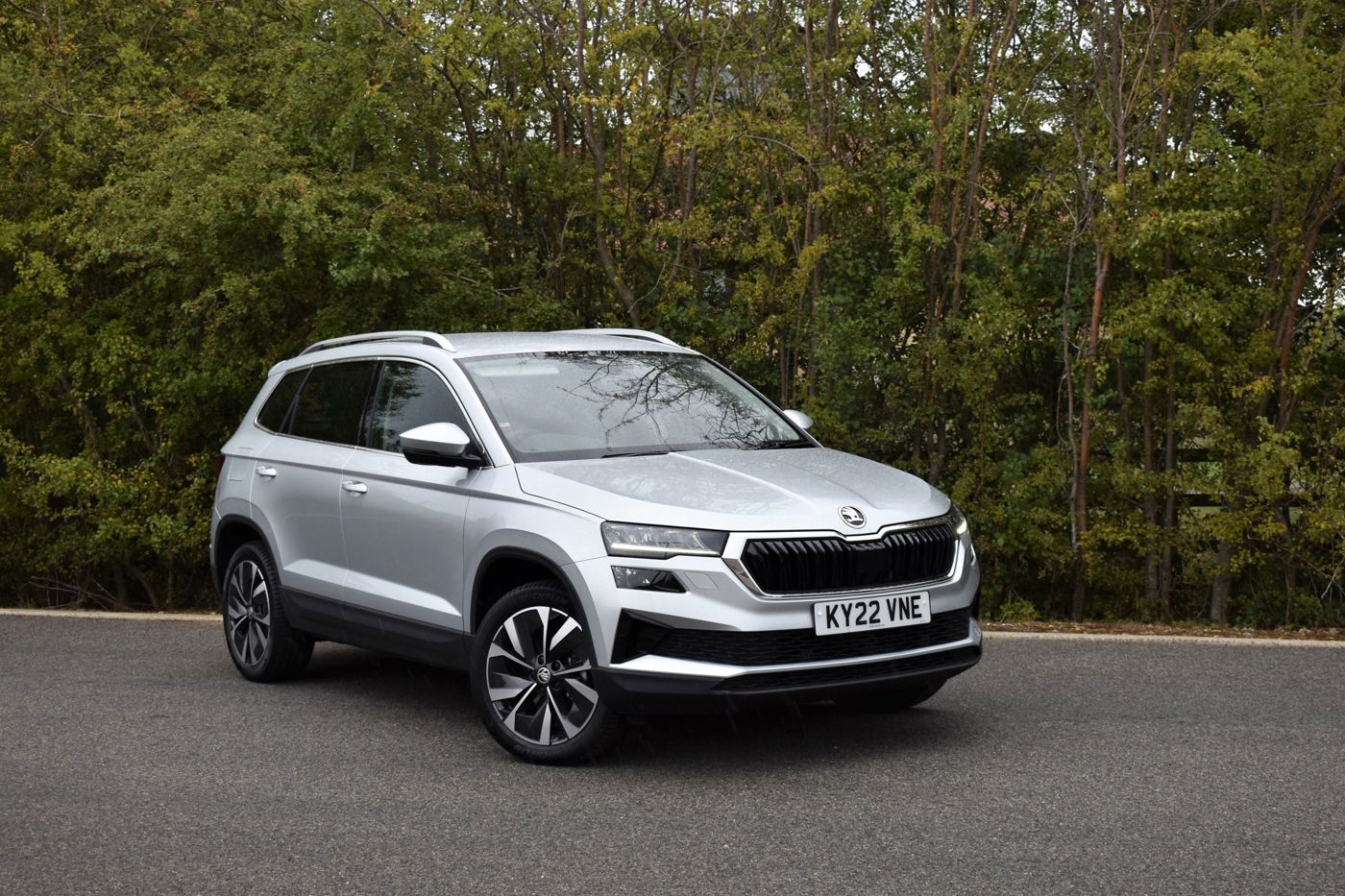




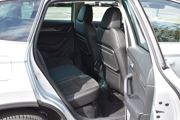
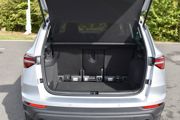
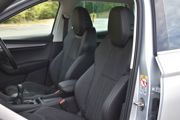
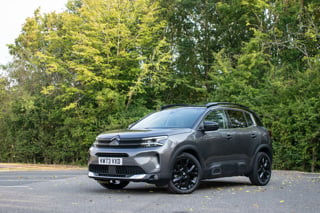
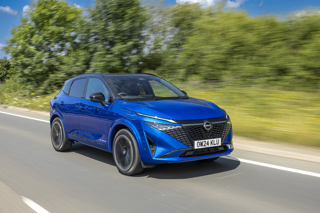
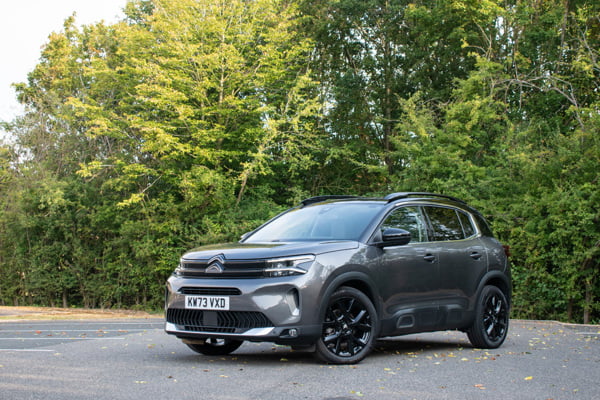
 Petrol
Petrol
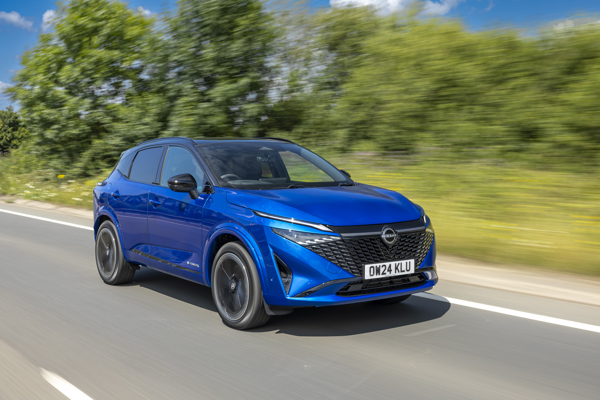

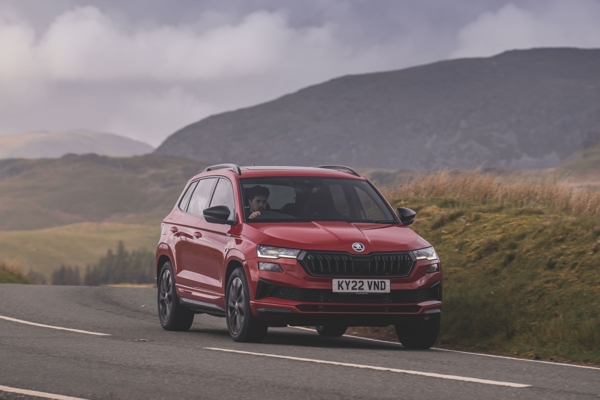
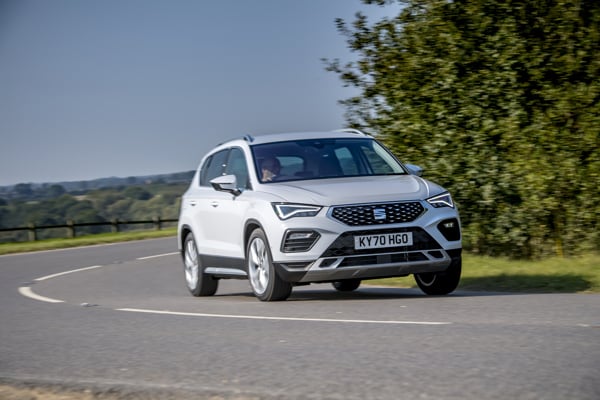


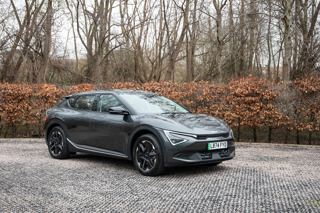

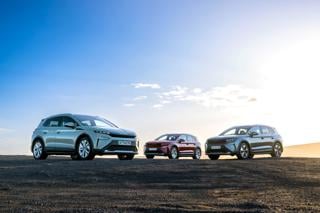











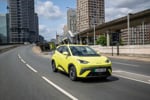


Login to comment
Comments
No comments have been made yet.